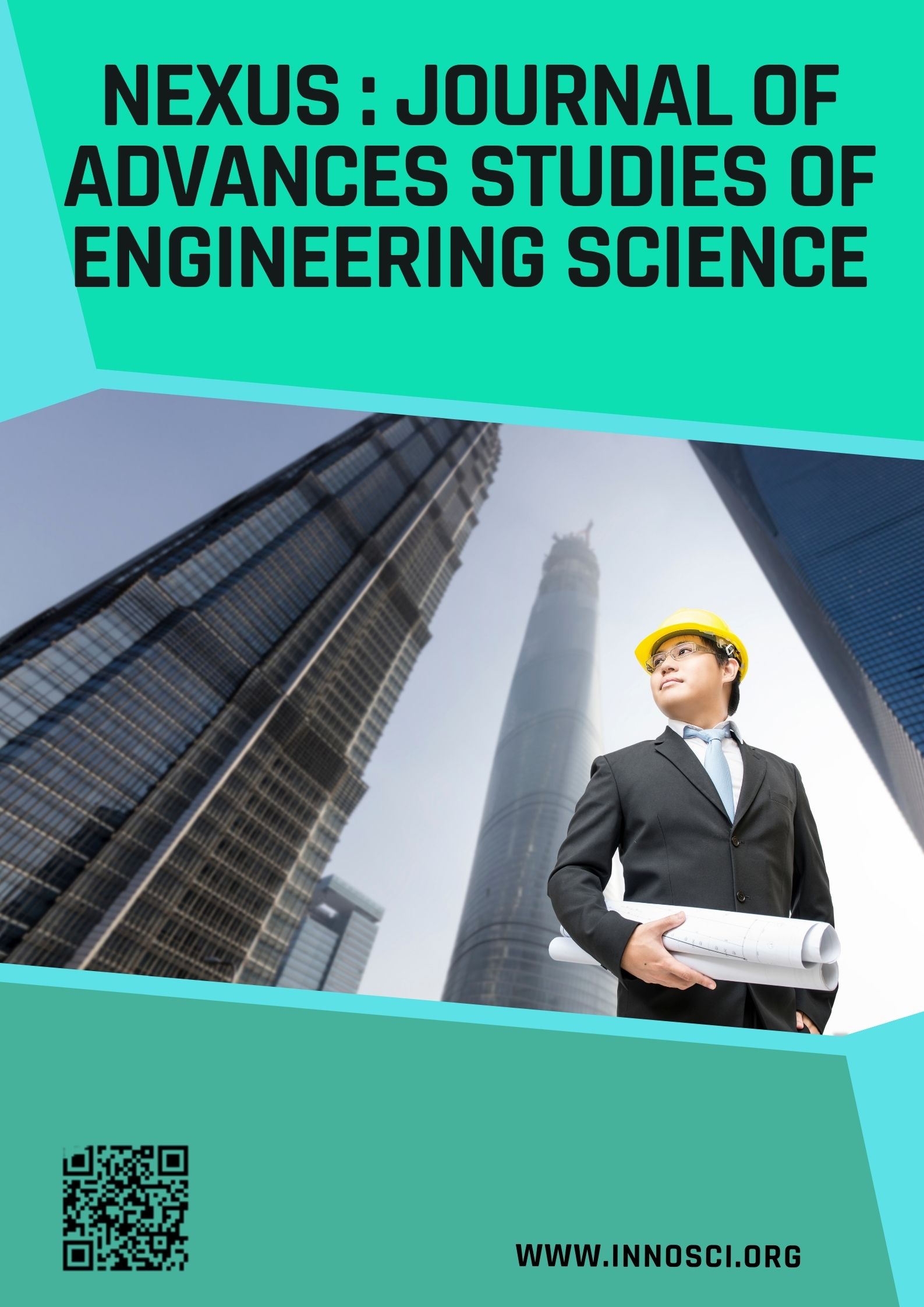Spatial Imagination and Logical Thinking as a Pedagogical Basis for Teaching Students to Design
Keywords:
scientific and technical, graphic, engineer, architect, induction, deduction, constructorAbstract
This scientific article deals with the problem of studying spatial imagination and logical thinking as a pedagogical basis in the process of teaching students to design. It is extremely important to what extent the spatial imagination and logical thinking of students is formed during the development of the project. Since each creative work arises on the basis of certain knowledge and skills. That is why with the help of the acquired knowledge, imagination and logical thinking appear. The article is based on the goals - the development of imagination, observation in children starting creative activity from the earliest period, and in terms of fine arts - the study of the tasks set for the formation of skills to feel the beauty of the world around us and distinguish between a variety of colors.
An approach has been applied from the point of view of developing and applying in practice educational methods aimed at teaching independent thinking, creative imagination, creation, design and ingenuity. It is assumed that the experience and creative ideas of our ancestors should be studied as a basis for their use in the practice of design, and at the same time it was clarified that spatial imagination and logical thinking are a necessary element of design.




